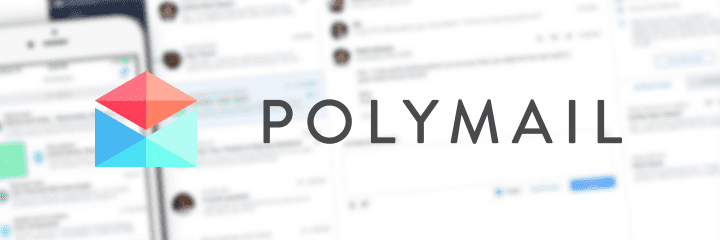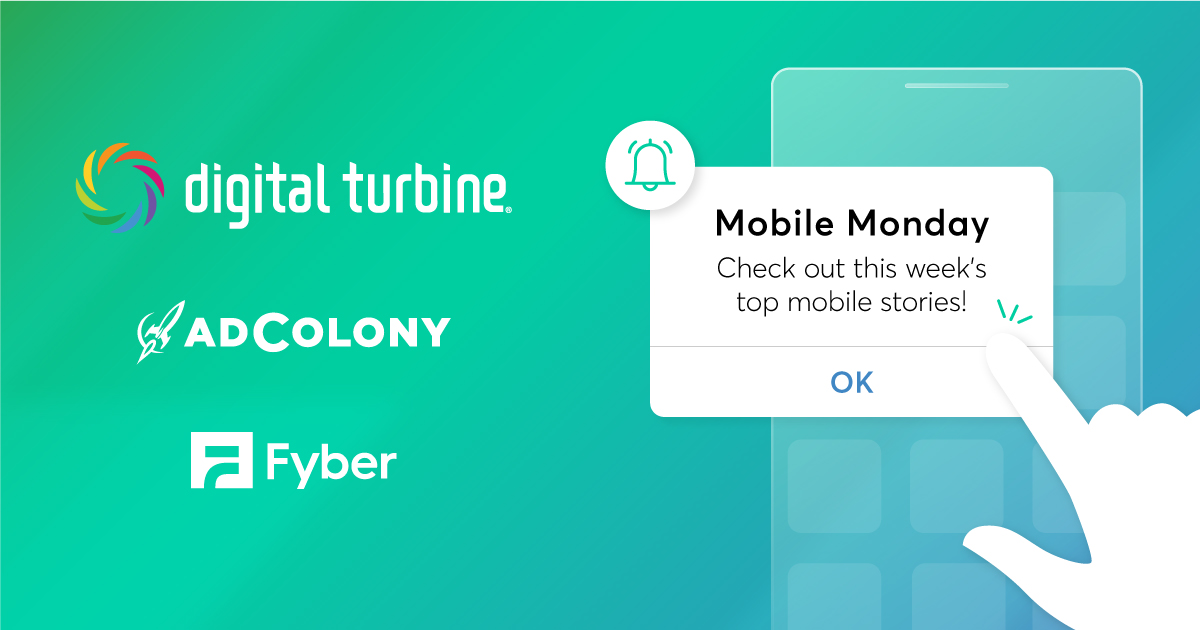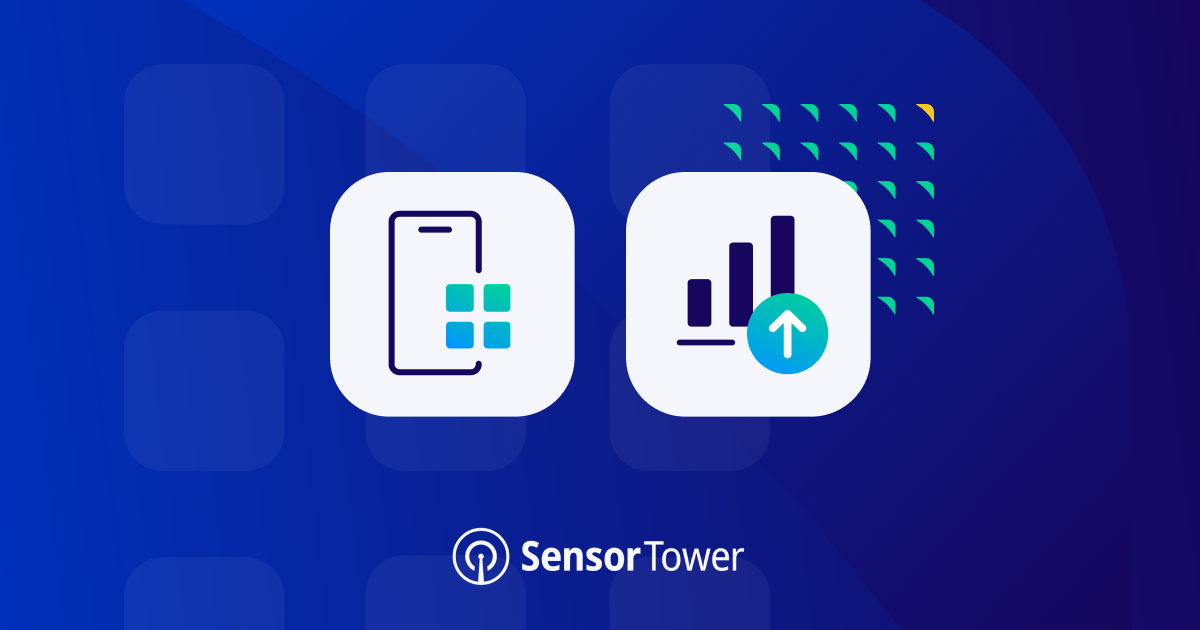Checking email on mobile is something that’s been a core part of the smartphone experience for decades, email was part of phones long before app stores, even before touchscreens. The default mail experience wasn’t good enough for Polymail – a Los Angeles-based company that’s reinventing the way users engage with email.
Their mission is simple: Make email better for everyone.
The Y-Combinator-backed startup isn’t just aiming to improve mobile email though – Polymail is reinventing email apps on desktop too. We asked Brandon Foo, Polymail’s CEO and co-founder, why changing the way people use email was so important.
Everyone’s Problem
As a group, Polymail’s co-founders worked on a few projects before starting Polymail together, including CTRL LA and CTRL Collective. “We realized email was still a huge pain point, especially for businesses,” Foo said.
It’s no secret that email is the primary form of communication for many professionals, large and small, even as collaboration and chat programs like Slack have chipped away at the need for daily email threads.
“What seemed like millions of companies were using Gmail for work,” Foo continued. “The same consumer product designed for the average user.”
Google’s approach to openness with the Gmail platform has allowed a number of companies to try and create solution that support power-emailing. “Businesses were installing multiple web plugins for their employees for needed features like email tracking, content enrichment, or calendar integration,” Foo explained that when the team used these plugins in the past, it resulted in a cumbersome experienced, slowed down the browser, and came with a big caveat.
“None of them integrated well, and most of all, were completely unavailable on mobile,” he said.
So Brandon Foo, Shahan Khan, and Brandon Shin, set upon the task of giving business professionals features like email tracking, scheduled posts, and follow-up reminders to their inbox, all in one product.
Enter Polymail
Foo and his co-founders saw the opportunity to create a unified, cohesive email platform designed for how businesses actually work, as well as maintain a consistent experience across desktop, tablet, and mobile devices.
“Our vision to to build email as a platform that integrates seamlessly with existing business tols, allows easy team collaboration, and delivers a super end-user experience to make millions of companies more successful and productive,” Foo explained.
Polymail is still new to the email scene, launching in a private beta in late 2015. “We were fortunate to have a very successful launch on Product Hunt pretty much right away,” Foo said. “We even won their Mac App of the year award!”
From this initial push, Polymail received a huge number of beta signups that helped them gain starting traction, something that hamstrings a lot of startups with great ideas. From there, organic growth spread through referrals and sharing on social media, to over 180,000 users since it officially launched in July of 2016, as part of Y Combinator’s S16.
“To this day,” Foo explained, “most of our user acquisition is still from organic discovery or referrals,” and the company is looking into more direct acquisition strategies as they’ve grown, but Foo said he’s still very happy with the organic growth of Polymail; “In terms of early growth I don’t think there’s anything better than building a product that people care about and want to share with their friends.”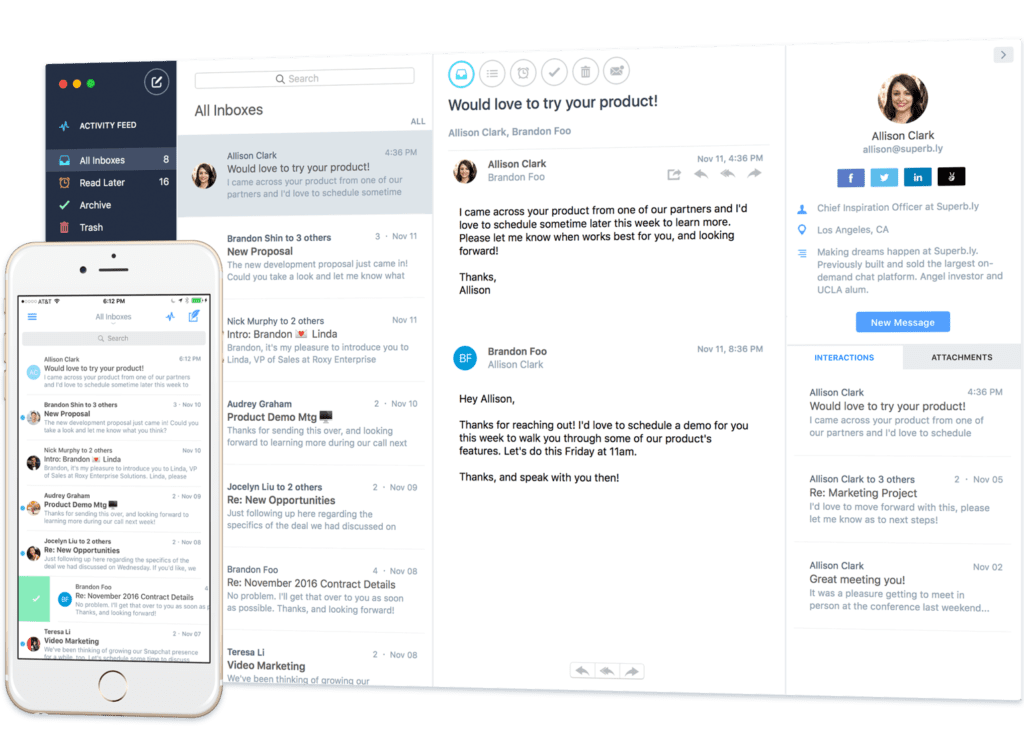
Simplify, Simplify, Simplify
Par for the course of being an email program, parts of Polymail involve some very complex functionality, and the team’s core goal was to make each feature as simple and intuitive to use as possible.
“We try to think about having empathy for our users when designing our product,” Foo said. “In general, we to accomplish this by removing everything that isn’t completely necessary from a feature until it’s reduced to just its essential elements.”
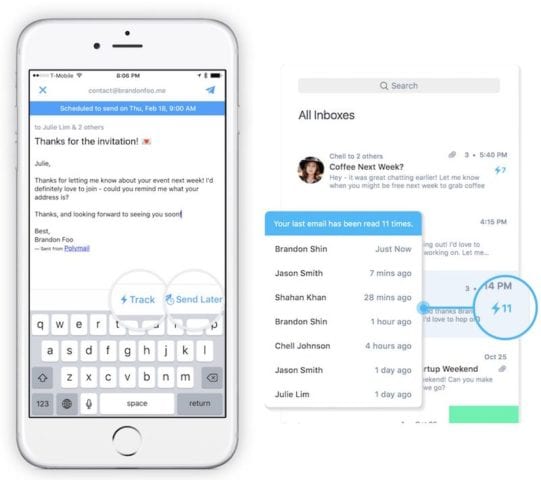
Foo said the team then thinks about how to simply a feature even further, asking themselves whether it’s possible to change or remove steps that the user might need to take to complete a desired action. “We also think about presenting features in context so that its purpose is obvious without the need to explain with text,” Foo added.
Discoverability of features is also key. Can the use discover or access a feature when they need it? “We hope that by forcing ourselves to think about and answer these questions we can alleviate that burden from our users and make their experience as seamless and intuitive as possible,” Foo said.
All that simplicity comes from a huge uptick in end-user experience driven SaaS companies, said Foo. “In the last few years we’ve seen a new generation of SaaS companies,” he said, “Some examples include companies like Slack, Asana, and Intercom — products we use every day and draw a great deal of inspiration from.” Foo said those products are key to understanding what it’s like to have or create the kind of experience Polymail is going for.
“The late Mailbox was a huge inspiration to us as well,” Foo added, placing credit where credit is due. “I really respect the work that Gentry [Underwood] and his team accomplished making a truly beautiful and intuitive email product.”
The focus on simplicity seems to have paid off. Matthew Hussey of TheNextWeb said Polymail was the first product that ever had him tweeting about it spontaneously.
This is (hopefully) going to be the only time I say this, but @PolymailApp’s email client is a piece of sex.
— Matthew Hussey (@Matt__Hussey) December 15, 2015
TheNextWeb also named Polymail one of their Apps of the Year that year.
Desktop and Mobile Together
As a full-featured email client, Polymail is changing things on both desktop and mobile. Like many tech startups, the team started with a Mac app, and then followed with the iOS version shortly thereafter.
“I think the majority of ‘early-adopter’ tech users favor Mac and iOS,” Foo said. “It really helped us get into the hands of people who were most likely to use Polymail first.” The Polymail team’s background is also primarily in iOS and Swift, ‘“Starting on the Apple side was a natural choice for us,” he said. “We’re working on Polymail for Windows and Android, and expect updates soon!”
Taking a desktop app and turning it into a mobile app is something many teams often struggle with, but not Polymail, partly because the development team likes a challenge. “One of the fun challenges is condensing desktop-level functionality into a lightweight mobile interface,” Foo explained.
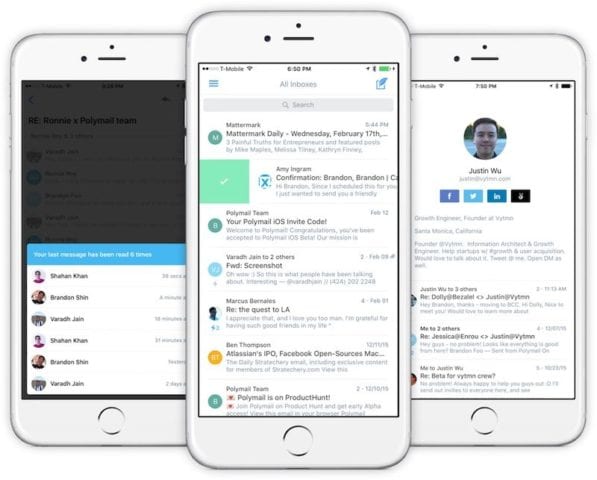 “You also have to handle more edge-cases on mobile,” he continued, “For example, situations of low connectivity occur much more frequently on mobile as opposed to desktop,” designing mobile apps to work in conditions of slow Internet speed is something most developers are familiar with, but the consequences for getting it wrong are much higher when dealing with email and productivity.
“You also have to handle more edge-cases on mobile,” he continued, “For example, situations of low connectivity occur much more frequently on mobile as opposed to desktop,” designing mobile apps to work in conditions of slow Internet speed is something most developers are familiar with, but the consequences for getting it wrong are much higher when dealing with email and productivity.
Just because the Polymail iOS app has all the features of the desktop app doesn’t mean users are doing the same thing on both, Foo explained. “Users send the majority of messages from desktop, but read messages about equally between desktop and mobile,” he said. “That usually means more of the ‘heavier work,’ like composing messages, occurs on desktop, while users check their messages on the go.”
By examining this behavior, Foo and his team were able to prioritize how information is displayed on mobile, and what features are more obvious.
For example, users of the mobile app have large reply-all, forward, and reply emails at the most recent email in a chain, but these options are smaller on older messages. On desktop these interaction buttons are the same size once a user expands an older message in a thread – Users are more likely to refer and interact with older messages on desktop, and manage “immediate needs” on mobile when needed.
Another example of the desktop to mobile synergy Polymail has embraced? “One of the great things is that when sending messages from the Polymail desktop app, users get tracking notifications on your iOS devices when those messages have been read,” Foo said.
Constant Improvement
One of the things keeping Polymail so fresh and enjoyable to use is its continual improvement. “We strive to continually improve Polymail at as fast a pace that we can,” said Foo, noting that the company typically adds 2-3 major features per month, often at the suggestion of users.
 There’s also a Slack group Polymail Pro users can join that lets the team and their most valuable users talk organically and learn about user experiences with the product.
There’s also a Slack group Polymail Pro users can join that lets the team and their most valuable users talk organically and learn about user experiences with the product.
“Constant iteration from user feedback is a great way to to drive engagement,” he said. “Have fun and talk to your users, if you’re not working on a project you love and really have fun with, I think it’s much harder to make something great.”
Polymail’s small team of six is passionate about it’s product for sure. “We’re a family that really enjoys working together on something we love,” said Foo. “We have a very user-driven and engineering-driven culture, so we spend most of our time on either talking to users or working through challenging technical problems.”
On that token, Foo advises that unless you really care about your users and seek feedback regularly, it’s much harder to build something that really resonates.
All that user interaction means Foo and his team have to keep their eye on the ball though. “One of our biggest lessons has been the importance of focus,” Foo explained. “There’s a million things going on when starting a new product or company, and it takes a lot of focus to avoid getting distracted by things that aren’t important.”
“It takes a lot of discipline to maintain that focus,” he continued, “It’s something we continue to improve on.”
Monetizing Productivity
As a free business-focused productivity app with a pro level, Polymail doesn’t have the options to monetize that more consumer-focused apps have. “In general, and especially in business-to-business, software-as-a-service (Saas), customers are happy to pay for products that they feel truly deliver value to their work or business,” Foo said.
In November, Polymail launched Polymail Pro, with new business-ready features, including message templates, activity feed, attachment & click tracking, and automatic BCC. The Send later and message scheduling features were also limited to Polymail Pro members.
Polymail Pro costs $9 per month, billed annually, which demonstrates Polymail’s dedication to simplicity.
“If a user isn’t willing to pay for your product, it’s probably a sign that your product might not deliver enough value for that specific customer to become a paying customer quite yet,” Foo said. When a situation like that might arise, Foo says the company uses the opportunity to learn about what kind of value that user might be looking for, and see if it’s consistent with the team’s vision for Polymail.
Keep In Touch with Polymail
Polymail’s founders aren’t shy about soliciting feedback, so it makes sense that their social media presence is public, yearning for user impressions. You can follow CEO Brandon Foo at @foolywk, and his cofounder Brandon Shin at @bshins, as well as third cofounder Shahan Khan at @shahan312.
Polymail maintains an active company level social media presence on Facebook, Twitter @PolymailApp, and AngelList.
If you’re ready to embrace Polymail’s vision of the future of email, download the most current version at Polymail.io.
The Future
“We’re going continue improving Polymail by making it a platform for team collaboration and outreach,” Foo teased. “There’s a lot in store we can’t wait to share!” Foo also said the Polymail team would be growing soon to support the growth of their product.
One major update Foo did let us in on? Android and Windows are coming later this year.
While the Polymail team originally focused on Mac and iOS, they’re keen to expand Polymail’s platforms and introducing it to a whole slew of new users. “Keep an eye out for updates,” he said. We will be!
About Publisher Spotlight
The AdColony Publisher Spotlight series showcases the finest publishers in mobile gaming. To nominate a publisher to be featured, tweet to @AdColony. To feature your studio, fill out the Publisher Spotlight Questionnaire. For the latest AdColony mobile news and updates, follow @AdColony on Twitter, like us on Facebook, or connect on Linkedin.
- Effectively Scaling Apps – The Myth of the Whale Busted - May 17, 2022
- How to Maximize and Optimize Engagement in Your App - May 5, 2022
- Offer Walls for App Monetization: Everything You Ever Wanted to Know - April 14, 2022
